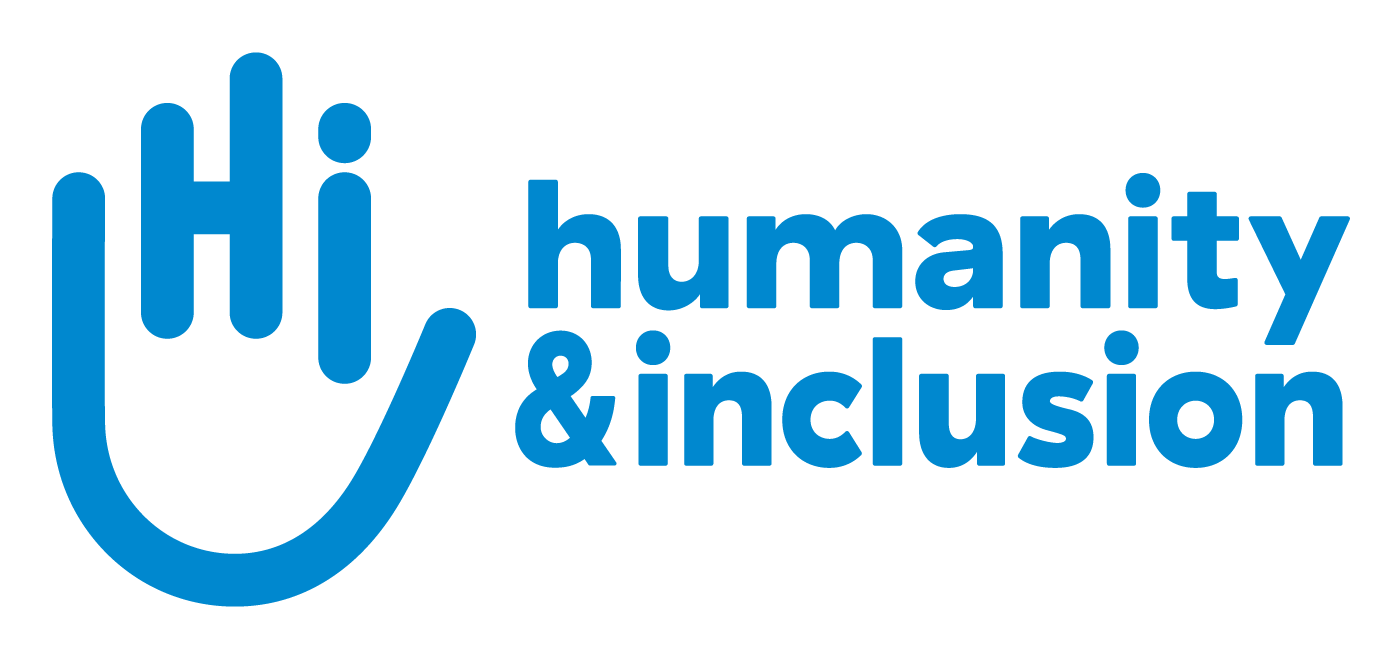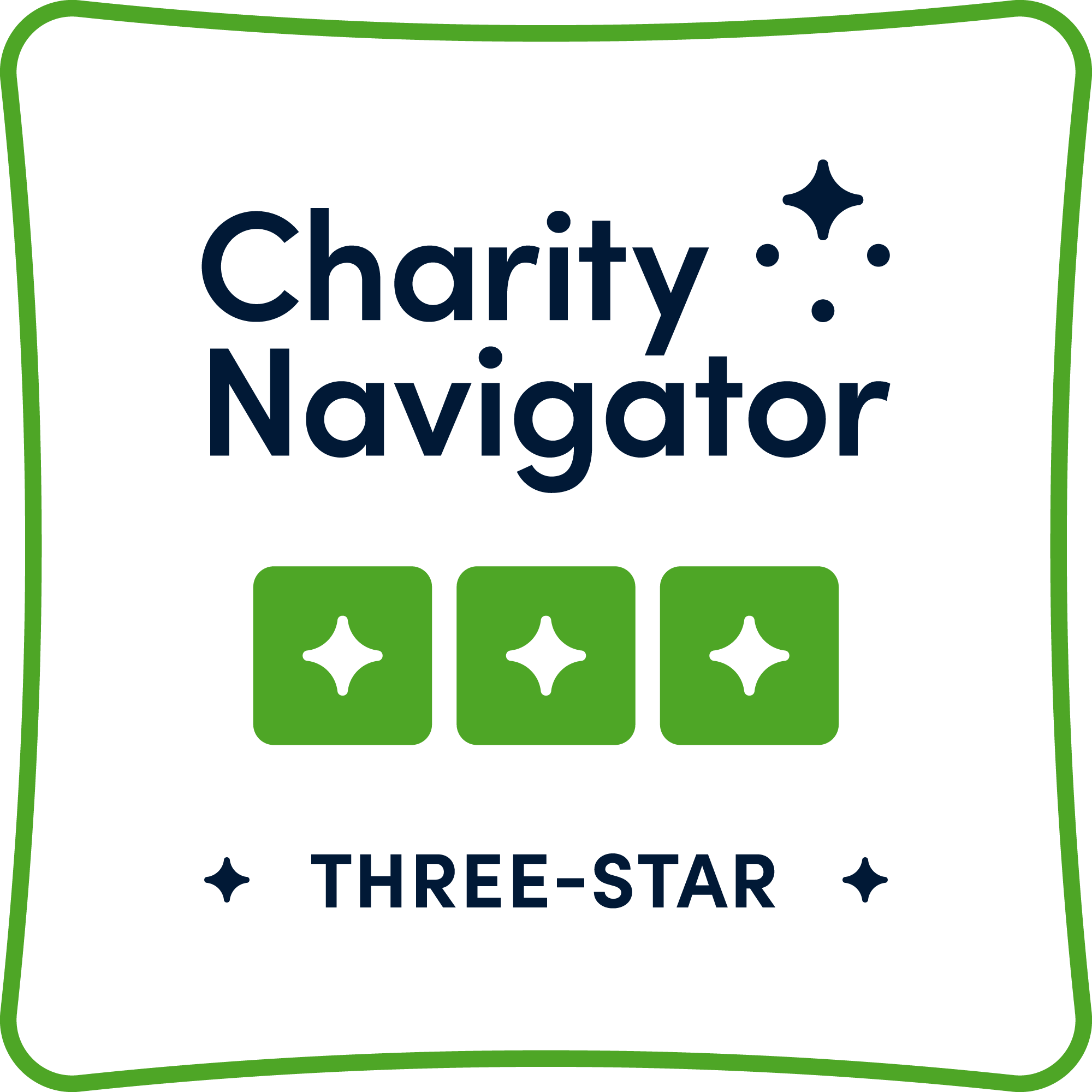Afghanistan
Afghanistan is devastated by 40 years of war and is one of the most heavily polluted countries with explosive remnants. Basic services like health and education are insufficient.

Kandahar rehabilitation center | © Jaweed Tanveer / HI
Our actions
HI is responding to the 6.0-magnitude earthquake that hit Afghanistan on August 31, 2025, providing immediate and long-term support to survivors of the disaster. Donate today.
Humanity & Inclusion has been active in Afghanistan since 1987. In 1996, HI built a rehabilitation center in Kandahar for people with disabilities, including landmine survivors. The center provides physical therapy services — including a workshop for manufacturing artificial limbs and braces.
HI is a strong actor in promoting and advocating for the rights of survivors of landmines and other people with disabilities as a whole and provides technical support to key stakeholders, contributing to a better acceptance and integration of them in society and enhancing their access to medical and other basic services.
HI has activities on mine risk education, provides rehabilitation services and supports local health facilities. HI assists in improving the quality of rehabilitation service by developing a curriculum and training courses for physical therapy professionals based on recognized international standards. Finally, HI also provides community-based psychosocial support (PSS) and emergency home-based rehabilitation services in key districts.
Areas of intervention
Latest stories

Healing from accidental gunshot wound, Hazrat eager to play soccer again
To improve access to healthcare after the August 2025 earthquake in Afghanistan, HI deployed its emergency response teams with the support of the European Union as patients were flooding into Jalalabad hospital. There, HI's specialists treated patients injured in the disaster and those with unrelated needs.

After leg injury, Khalida learns to walk again
The August 31 earthquake was the deadliest in Afghanistan's recent history. To improve access to emergency care, HI deployed its teams with the support of the European Union.

Healing the physical and emotional wounds left by the earthquake in Afghanistan
In the days following the earthquake on August 31, HI deployed its teams of physical therapists and mental health specialists to provide first aid to survivors.
a life
Background

Afghanistan is one of the poorest countries in the world and has been devastated by 40 years of war, natural disasters, chronic poverty and food insecurity. But international aid is largely suspended since the Taliban's takeover.
The Taliban toppled the former government and took over the country in September 2021. Since then, the country is on the edge of economic bankruptcy. The World Food Program warned that half of Afghanistan's population faces acute hunger as humanitarian needs grow to record levels.
There are 2.6 million registered Afghan refugees in the world, of whom 2.2 million are registered in Iran and Pakistan, according to the United Nations Office of Coordination of Humanitarian Affairs. 3.5 million people were displaced by the conflict in Afghanistan — of whom 700,000 were displaced during the year 2021 – face acute and growing humanitarian needs (UNHCR).
Number of HI staff members: 255
Date the program launched: 1987













